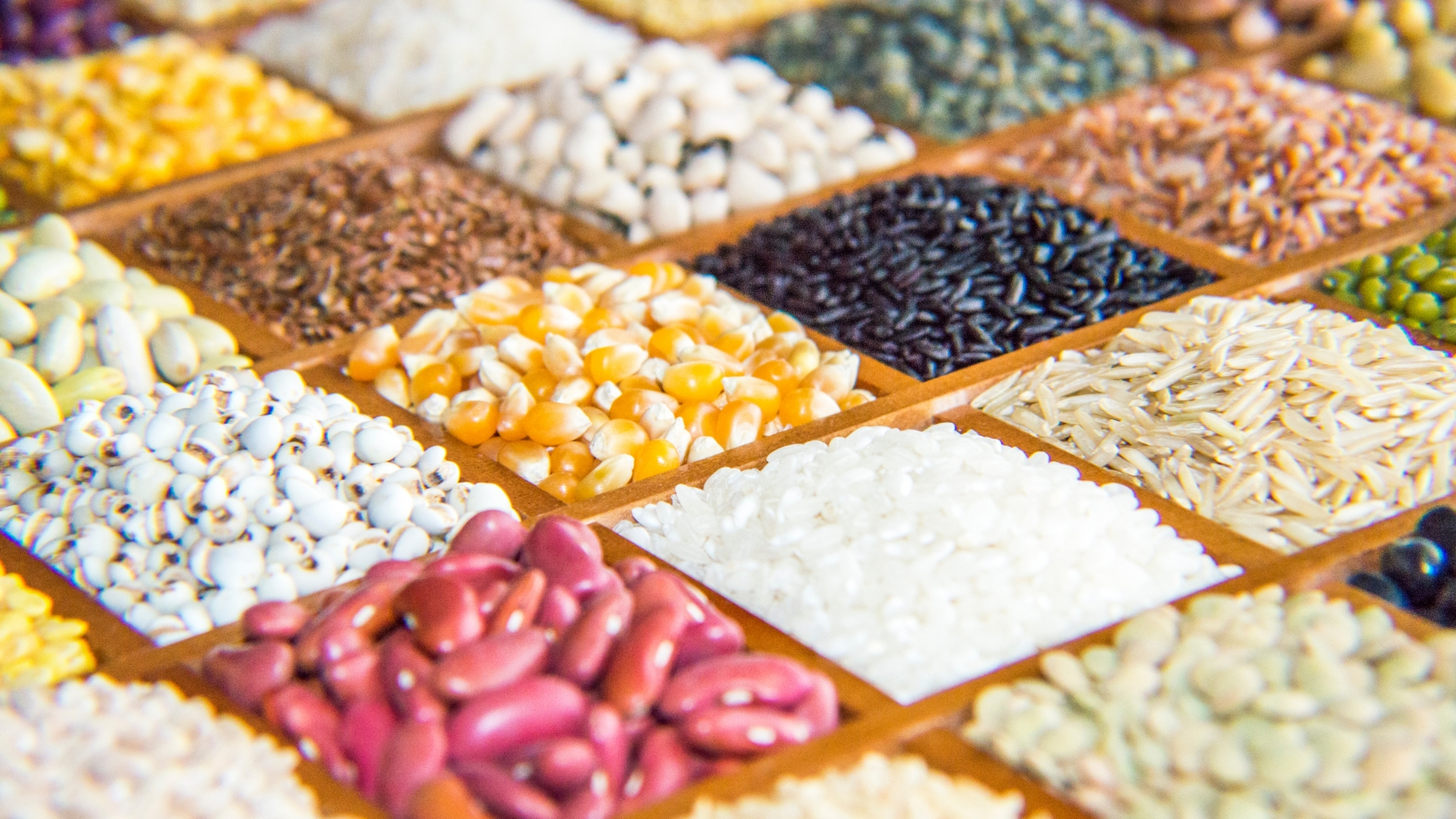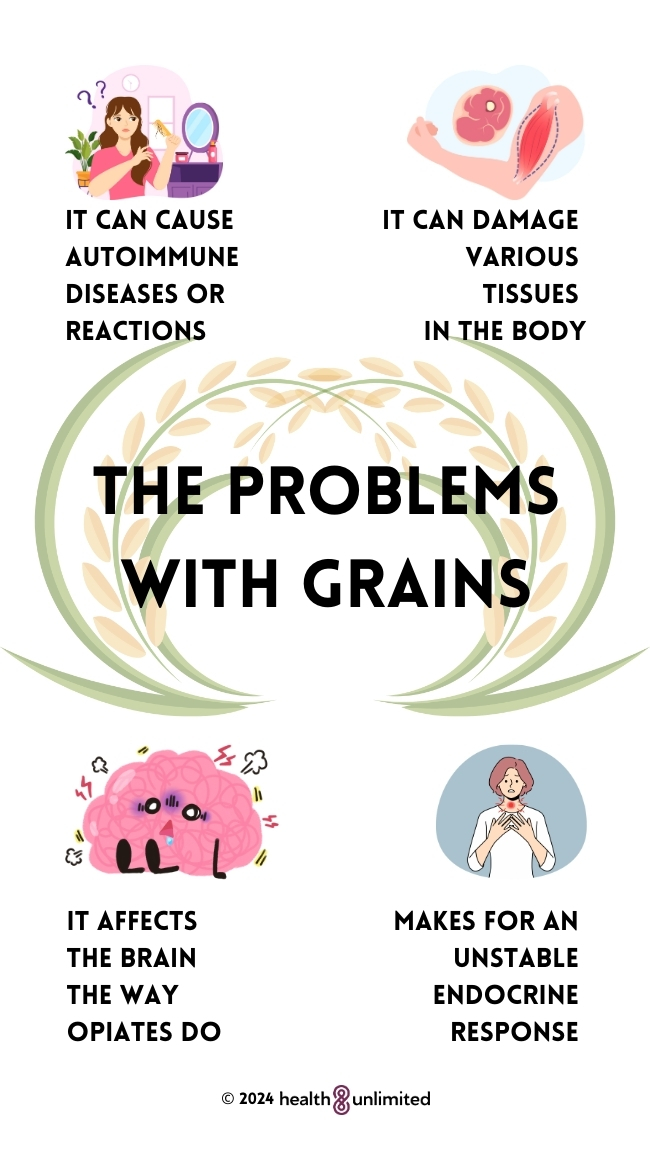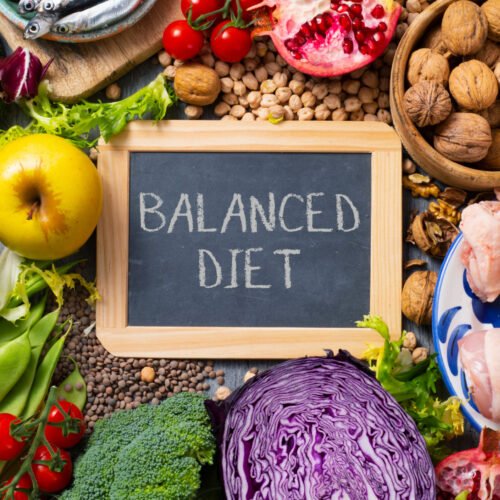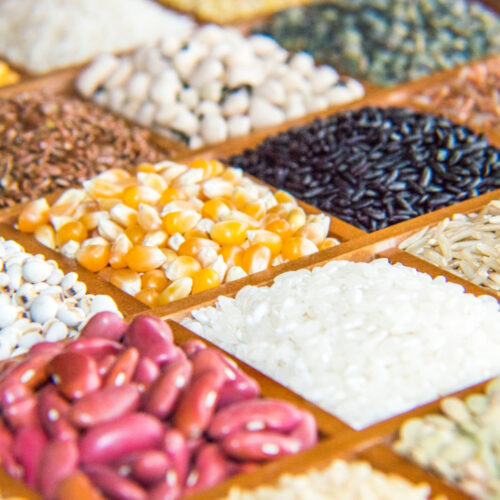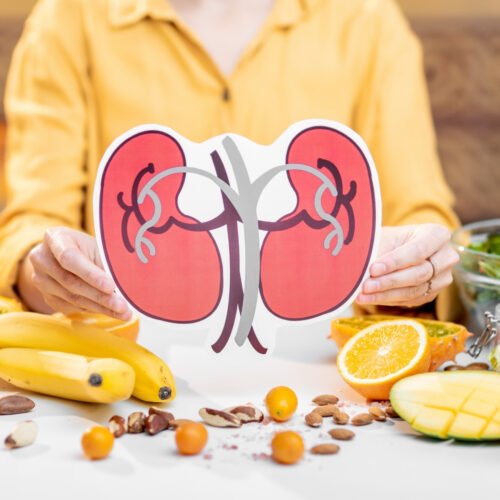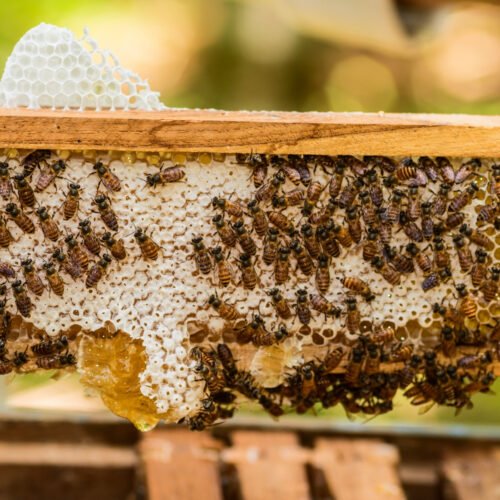A question I often get is why I, and my family, don’t eat grains.
It started when grains turned out to be a key player in my having fibromyalgia for 13 years.
But there are many reasons why my whole family chose to stop eating grains.
Now, joyfully, I have been fibromyalgia free since 2012!
And that drastic of a change is pretty striking and telling on its own.
But let’s look deeper!
Many people do know about gluten by now…
… but the issues of grain go deeper than gluten (and even gluten is more complicated).
One of the more vicious aspects of grains is wheat germ agglutinin (WGA).
WGA has the ability to burrow through even a completely intact gut, getting into the bloodstream and causing damage.
We’re talking damage to various tissues in the body, leading to problems with immune function, kidney damage, interfering with gene expression, and more.
Just going by how we feel when we eat grains isn’t a strong indicator then, considering the in depth damage it can cause.
Also, similar to WGA, chitin-binding lectins are in barley, rye, rice…
… and wheat, maize, and rye also contain benzoxazinoids that are potentially carcinogenic, and at the very least toxic.
Certain grains also affect the brain the way opiates do by activating endogenous opiate receptors…
… this is what makes grains addictive.
And it gets worse, because connections between mental disease and grains have also been found.
In one case, a high-security-ward, untreatable schizophrenia patient made an unbelievable recovery when he was put on a gluten free diet.
When gluten was re-introduced, he became violent and extremely disturbed again.
Of course this is one instance, and in this review they looked at 9 studies finding that 6 out of the 9 supported this gluten / mental health connection.
So yes, sometimes gluten free is a great step, but with all the other pieces we’re looking at, does it make sense why many don’t make headway with gluten free?
Grains can cause autoimmune diseases or reactions.
This is due to molecular mimicry.
For example the DNA sequence in gliadin (a wheat protein) shares an identical sequence as pertactin (the immunodominant sequence of pertussis (whopping cough)).
Even more striking: autoimmune thyroid disease can be due to molecular mimicry with grains as well.
Grains also have an imbalanced amino acid profile:
• Grain is very high in amino acids like aspartic and glutamic acids, which are non essential amino acids (as in, the body makes them, we don’t need to eat them).
• But it’s low on essential amino acids like lysine (“essential” amino acids are the ones the body can’t make and we have to get them from food).
Grains are ubiquitous in all sorts of foods, which means the imbalance of nutrients is pretty drastic for some of us.
When grains are cooked they also have a high glycemic rating, which makes for an unstable endocrine response that can lead to both types of diabetes.
Grains also have leptin-blocking lectins, which humans can’t deactivate (rodents and birds have the gene sequence to deactivate this lectin).
Reminder: leptin is a hormone that let’s you know when you’re full or need to eat, and when it is blocked it can lead to obesity.
But let’s backtrack to gluten, because this has been very misrepresented.
Gluten isn’t just one protein.
Gluten is a complex of proteins that can be classified into three different categories, and arose as a byproduct from 3 ancestor plants being combined into 1 plant.
So, yes, humans did this to themselves by messing with nature again.
Because of this combination, wheat has:
• 6 sets of chromosomes
• 6.5 times more genes than the human genome
• can produce over 23,000 different proteins
Any one of these over 23,000 proteins can cause an immune response, specifically an antigenic response that leads to the body “attacking itself.”
Given all of this and more (and I didn’t even touch on the problematic pesticides and herbicides used on grains), this is why my family is grain free.
Over the years we have either found or created many recipes that let us continue to enjoy cakes, breads, pizza, etc but grain free (and sugar free).
Some of the flour alternatives we use include:
• Tapioca flour (which is the starchy part of cassava)
• Cassava flour (this does work very differently in a recipe than tapioca flour)
• Psyllium husk
• Blanched almond flour (I found I’m sensitive to the skin of almonds, the actual almond isn’t an issue at all)
• Green banana flour
• Coconut flour
I hope what stands out to you is how many health aspects are affected by eating grains, along with the fact that a lot of this we can’t tell that it’s going on…
… let alone “feeling” the connection between grains and many health issues.

